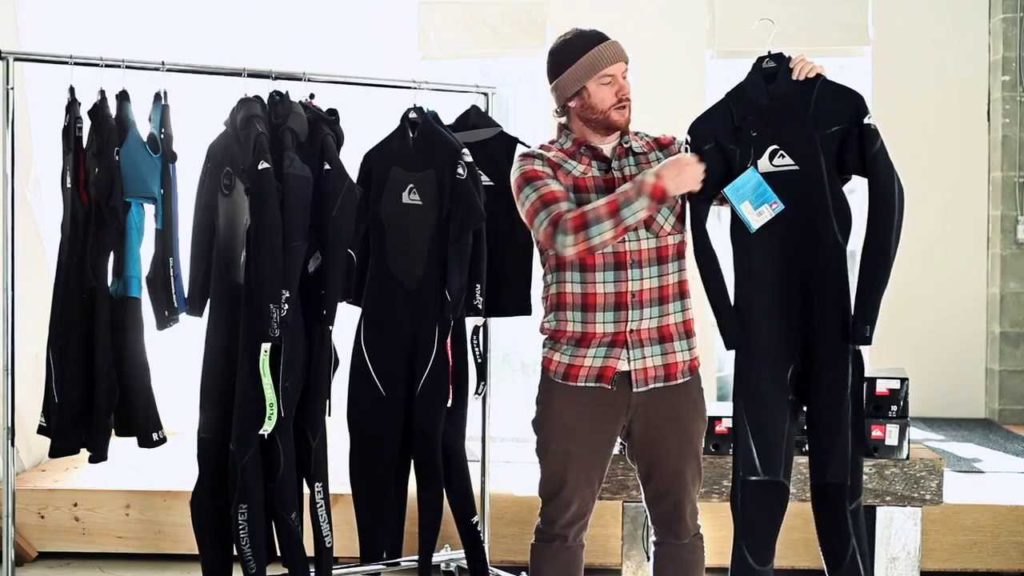When it comes to buying new men’s wetsuits the main considerations to keep in mind are how warm is it and how comfortable you are going to feel wearing it. How comfortable men’s wetsuits are is really a matter of personal choice. Some will find certain finishes suit them, whereas others may find it irritating on their skin. The best way to find out is to go to a retailer and see what feels right for you.
Warmth, however, is a lot less subjective. Men’s winter wetsuits will obviously be warmer than the summer ones, but what is it that makes the difference to a men’s wetsuit warmth? One of the biggest things to look out for when buying men’s wetsuits is the thickness of the neoprene. You can choose a 4mm wetsuit, 5mm wetsuit or a 5/3mm wetsuit, all of which will provide the warmth that men’s winter wetsuits should. Nevertheless, common sense dictates that the differing thicknesses have varied levels of success depending on the water temperature.
A 4mm wetsuit, for example, will work perfectly in a sea temperature of around 12° Centigrade (54° Fahrenheit). A 5mm wetsuit is best used in 9° Centigrade (48° Fahrenheit) and for anything colder than that you would be advised to use at least a 5/3mm wetsuit. While it is true that men’s winter wetsuits can be bought using this temperature guide, it is again down to the individual as to whether a 4mm wetsuit, 5mm wetsuit or a 5/3mm wetsuit works best for them. Where one person may prefer a 5mm wetsuit to a 4mm wetsuit, another might require a 5/3mm wetsuit instead.
Once you have decided on a 4mm wetsuit, 5mm wetsuit or a 5/3mm wetsuit, the next thing to be sure of is the fit. Making sure that men’s wetsuits fit properly makes all the difference to their warmth so when searching for men’s winter wetsuits it is vital to get it right. Ensuring a good fit around the neck, ankles and wrists will help to prevent ‘flushing’. This is when the cold water on the outside of the suit permeates the internal fine layer of water that is in between the suit itself and the body. If this were to happen regularly you would lose body temperature far quicker than if the suit was properly fitted.
Zips and seams can also be a source of heat loss. If the cold water is getting through a badly sewn zip or seam then the insulation of the neoprene will be compromised no matter how thick it is, so be sure to check the quality of the stitching prior to purchase. If you keep these things in mind when buying men’s wetsuits you will remain a lot warmer during the winter months.

